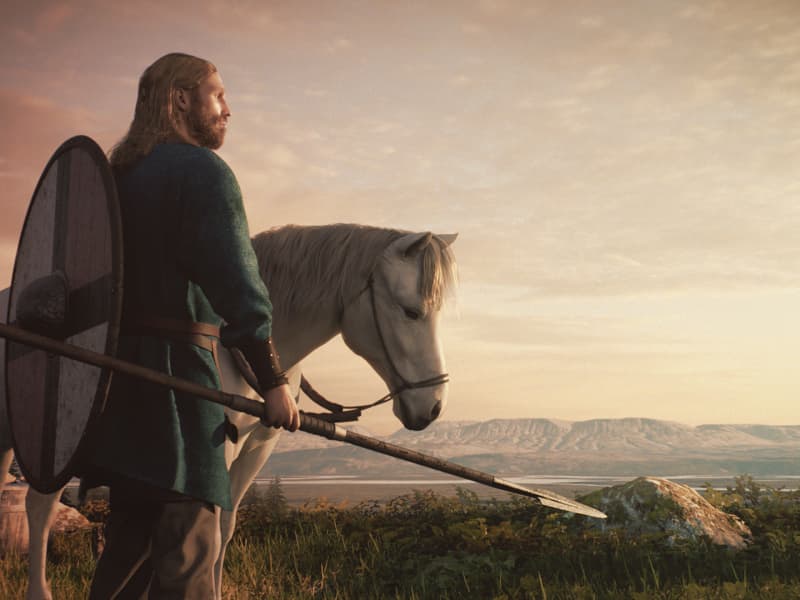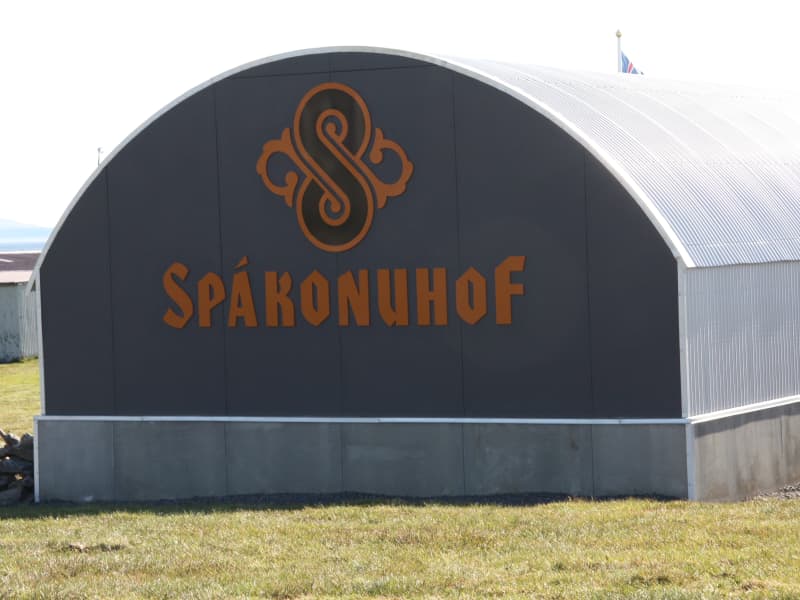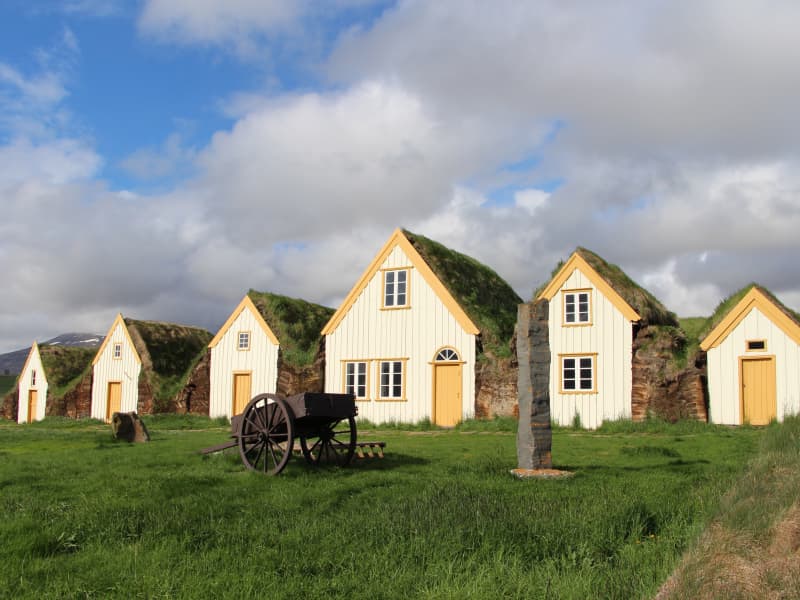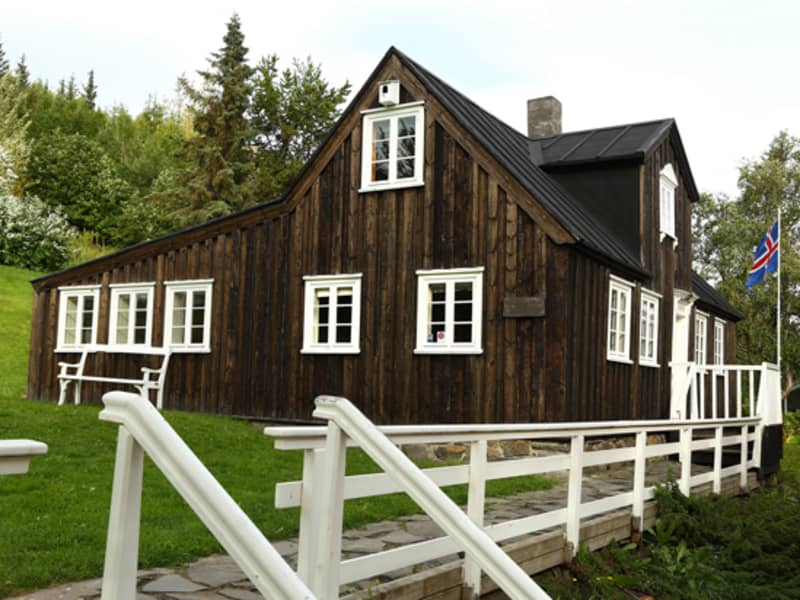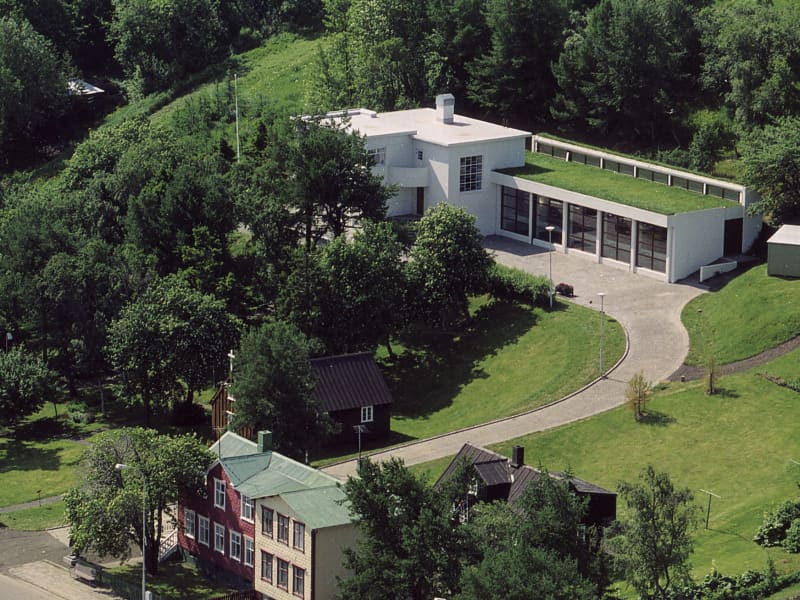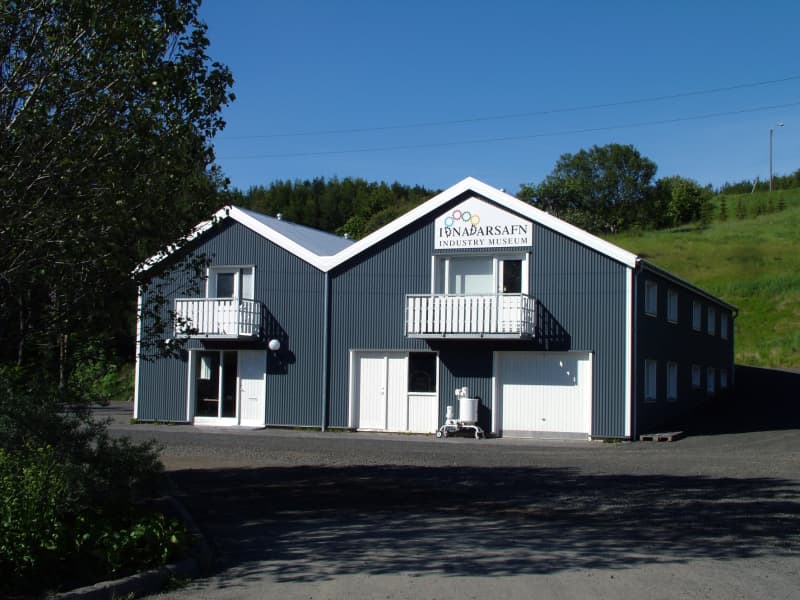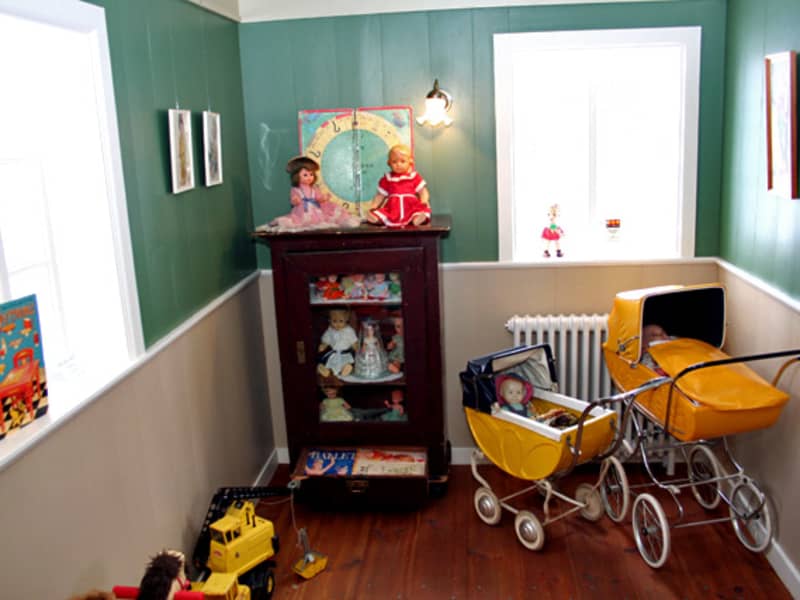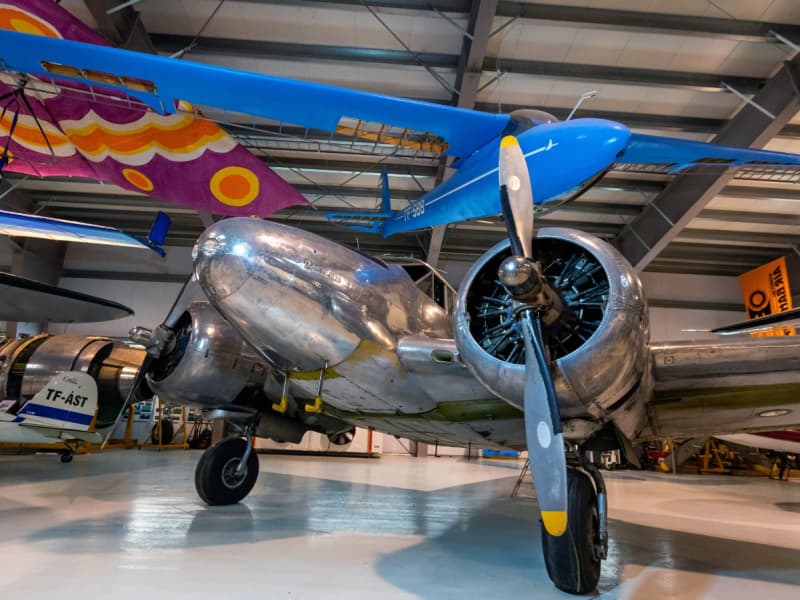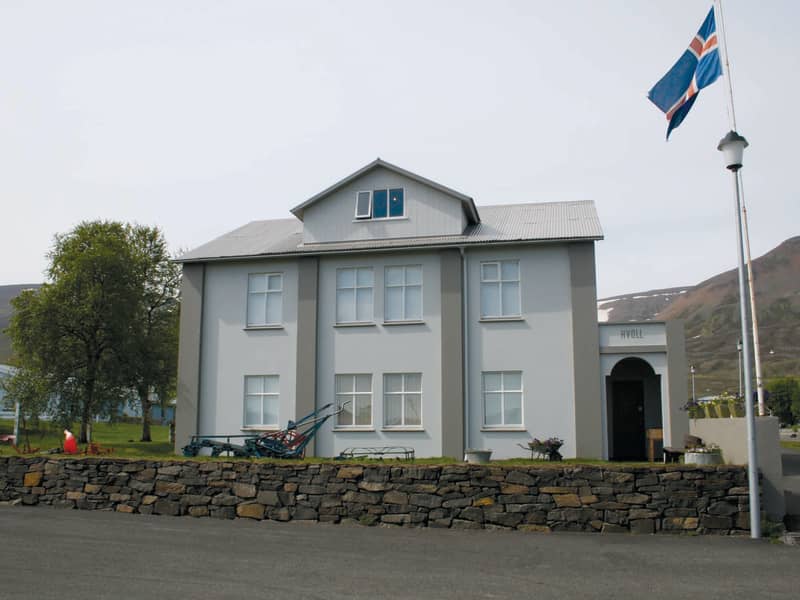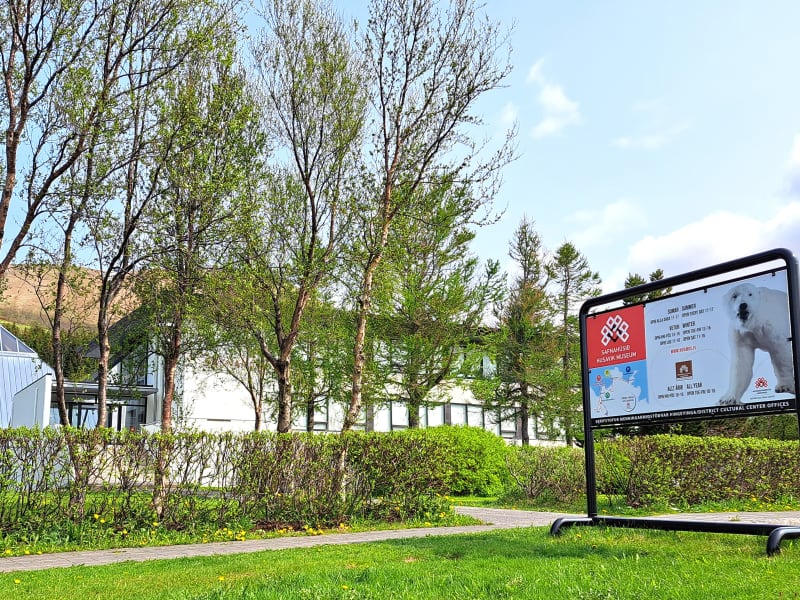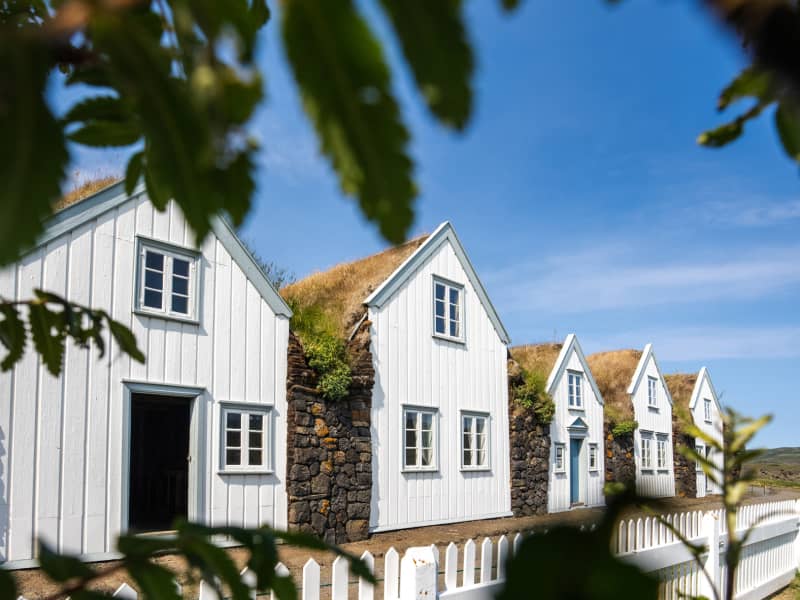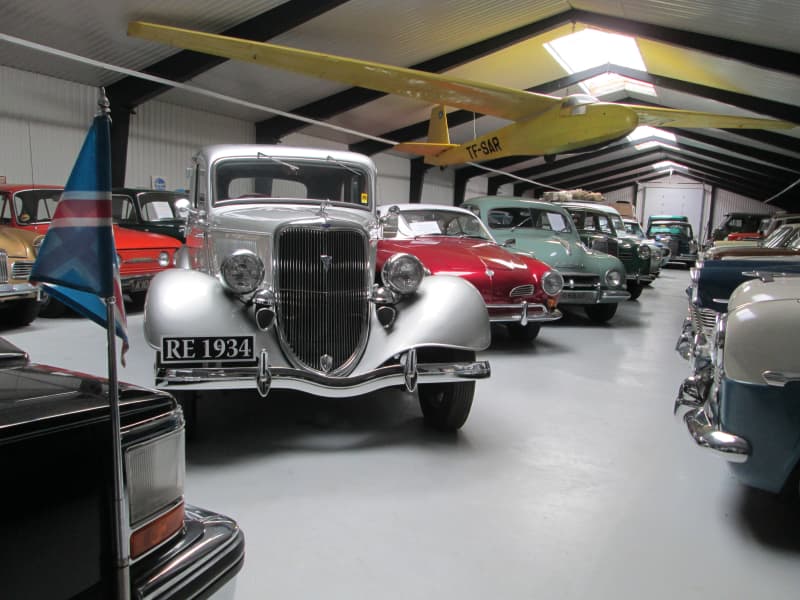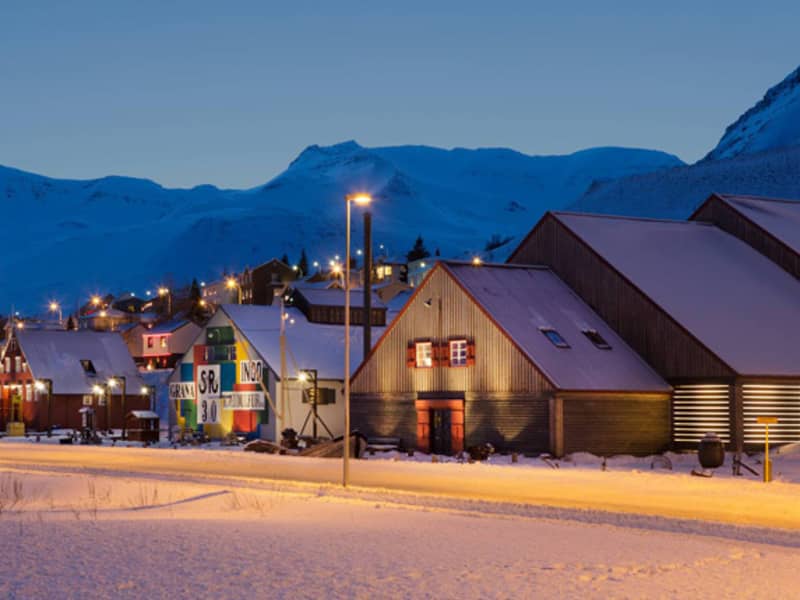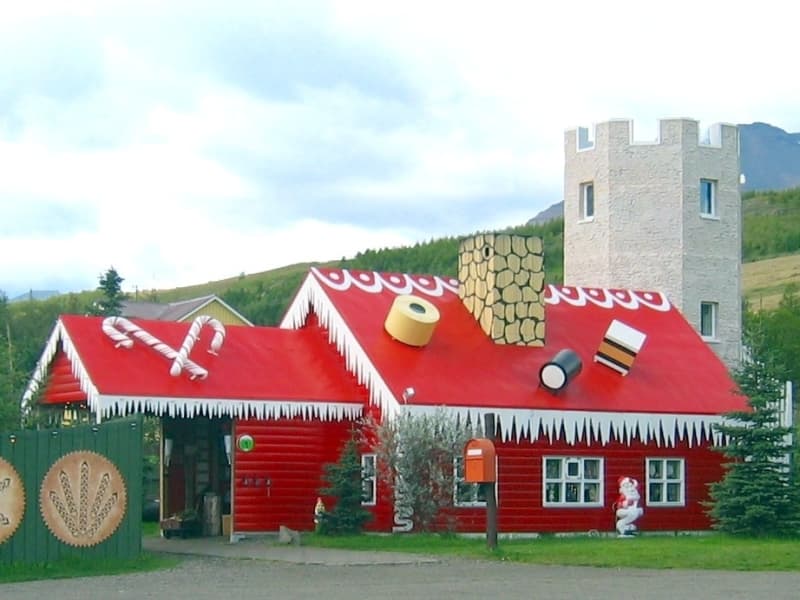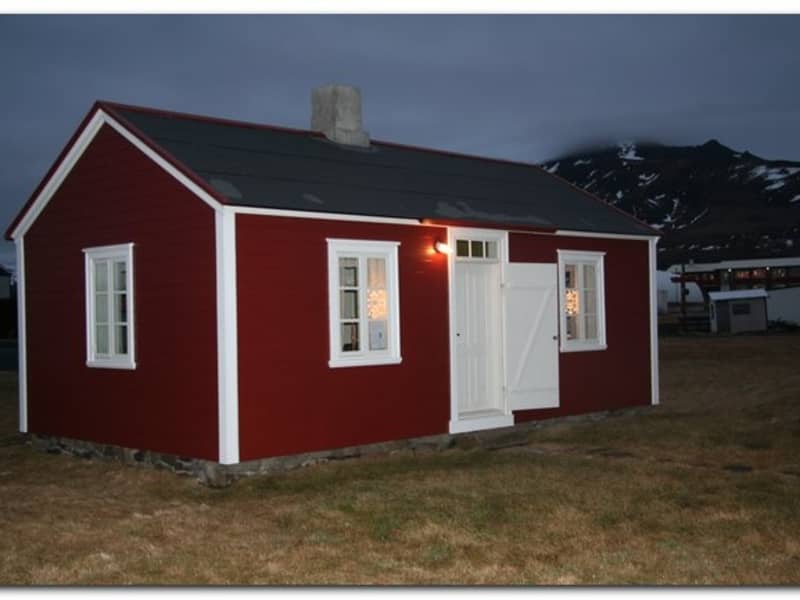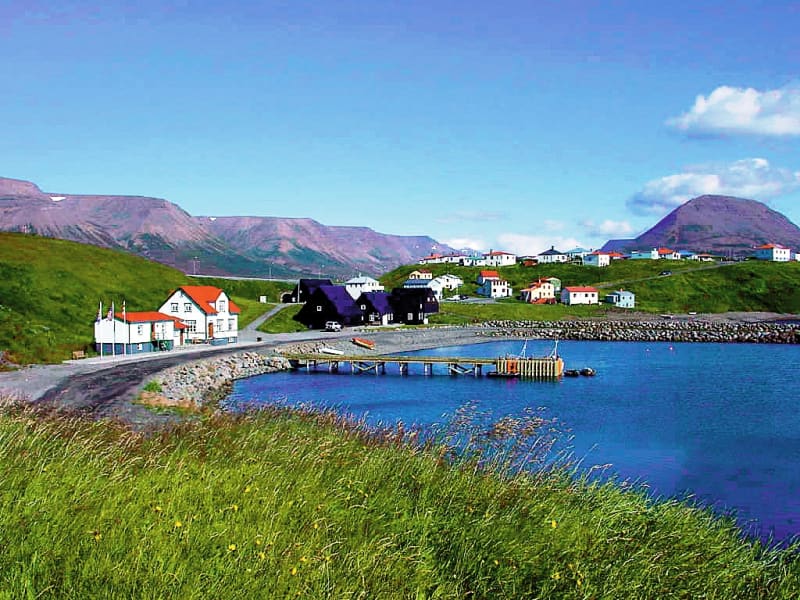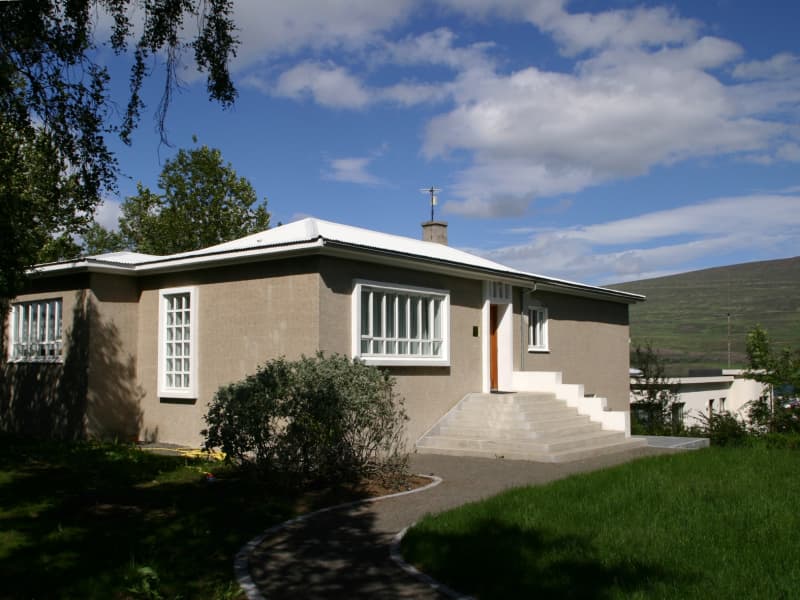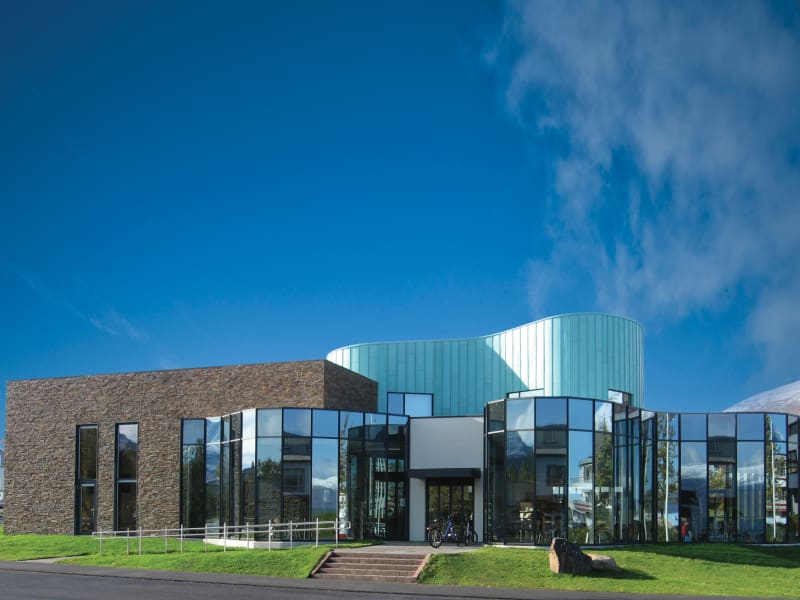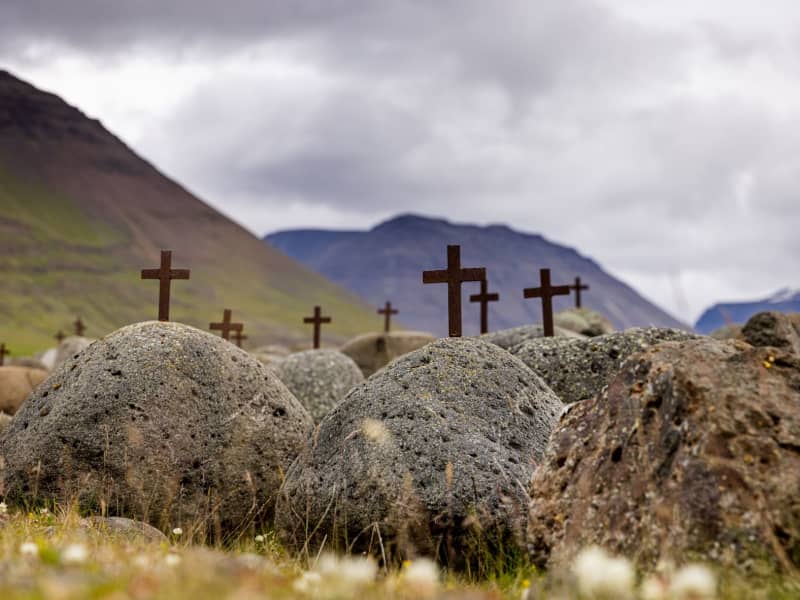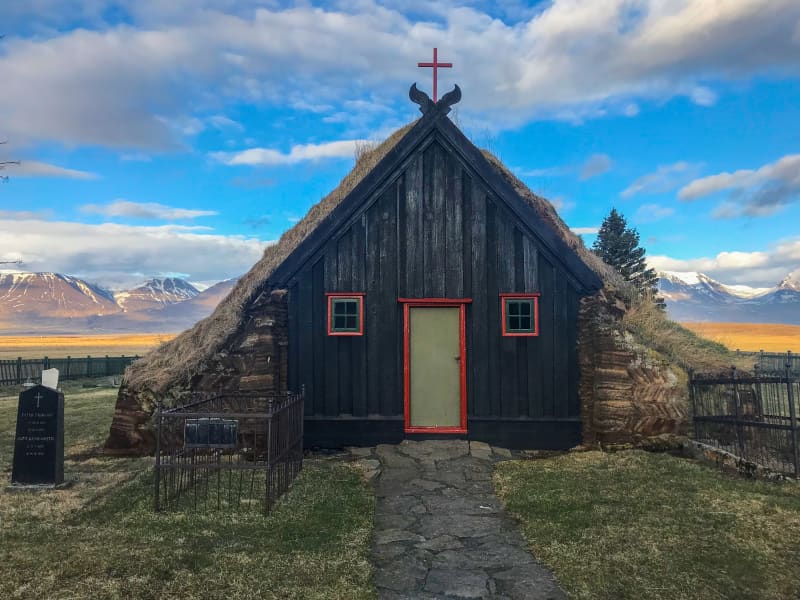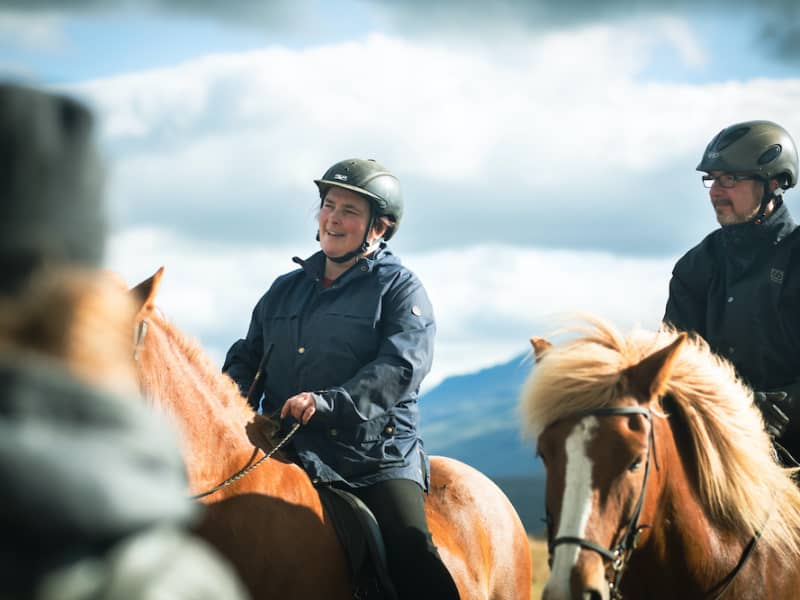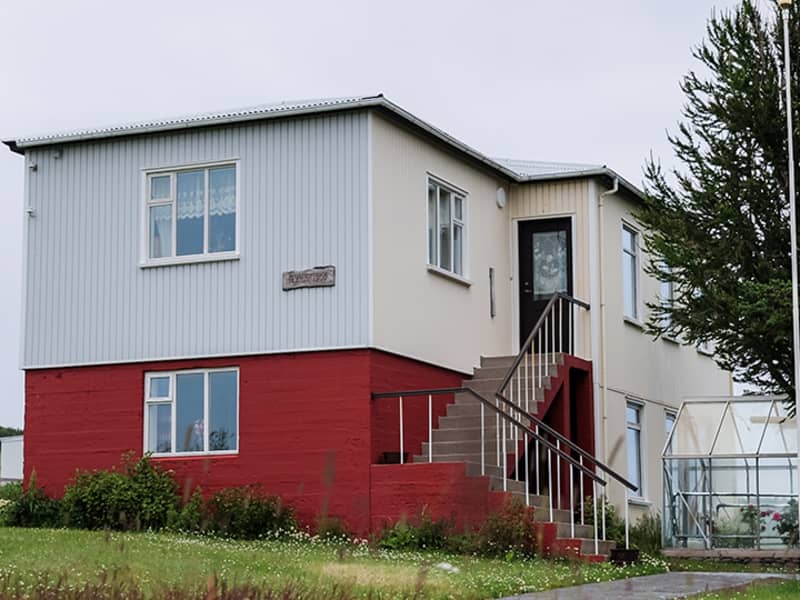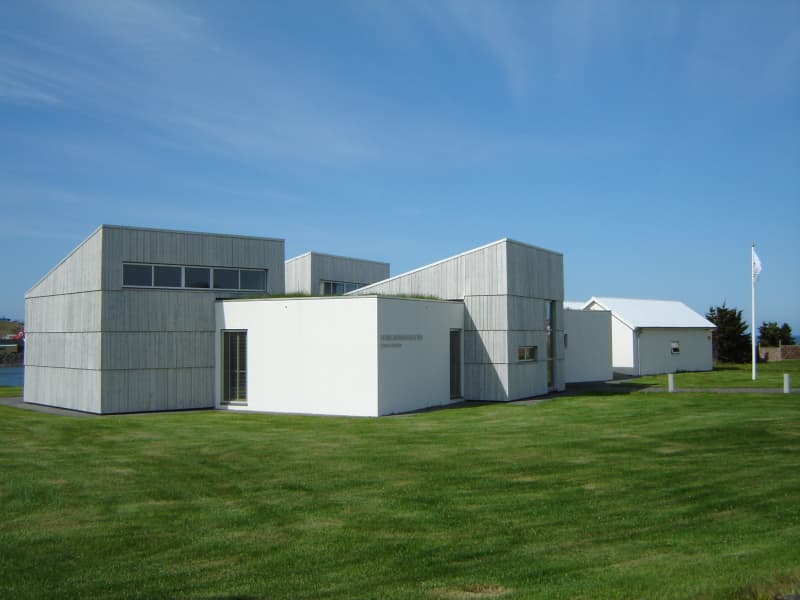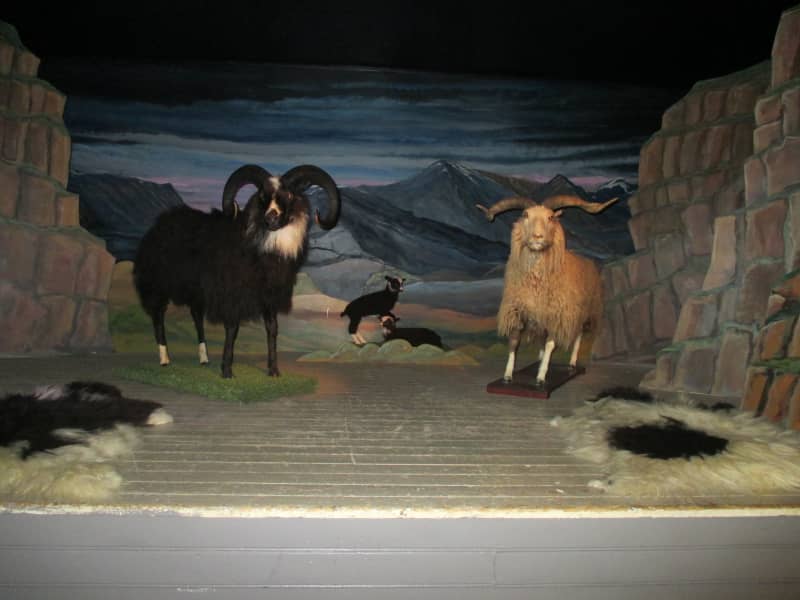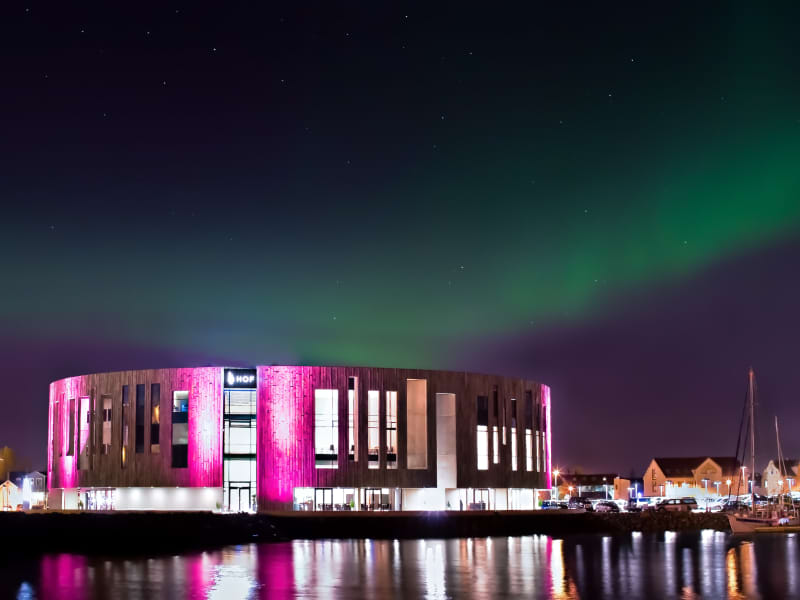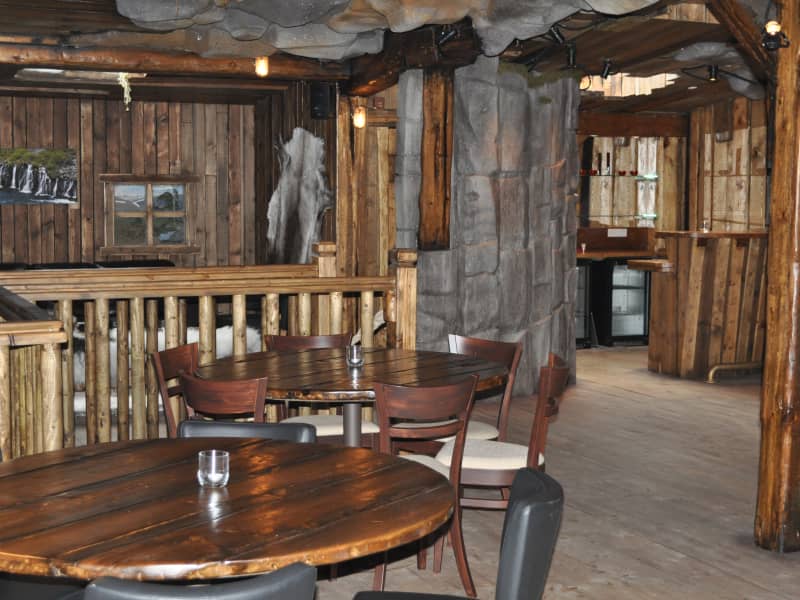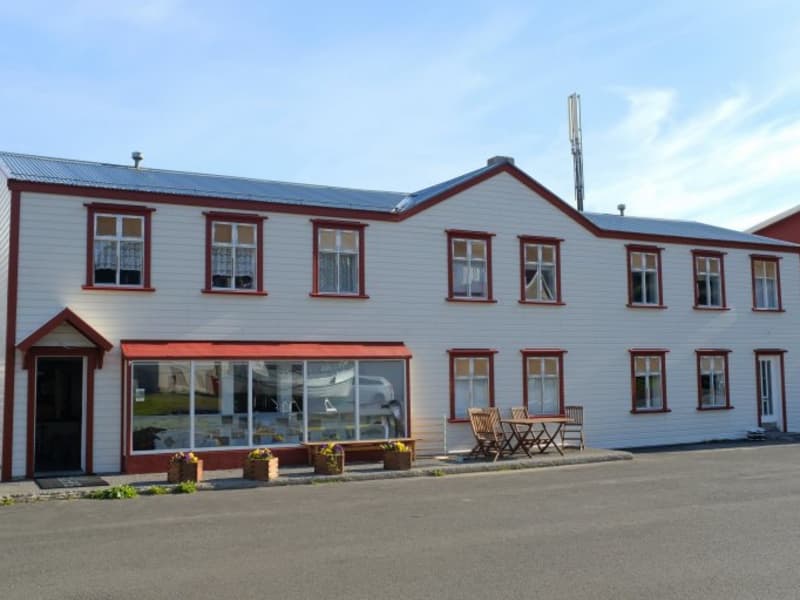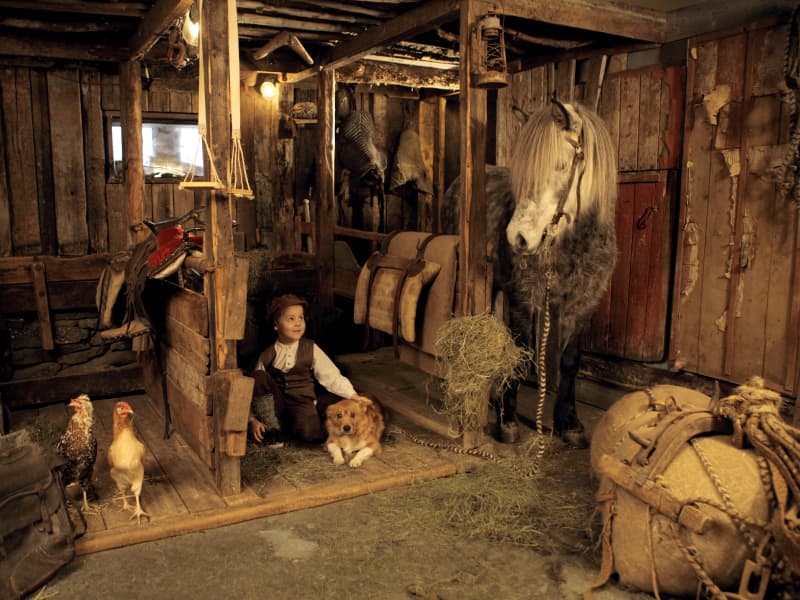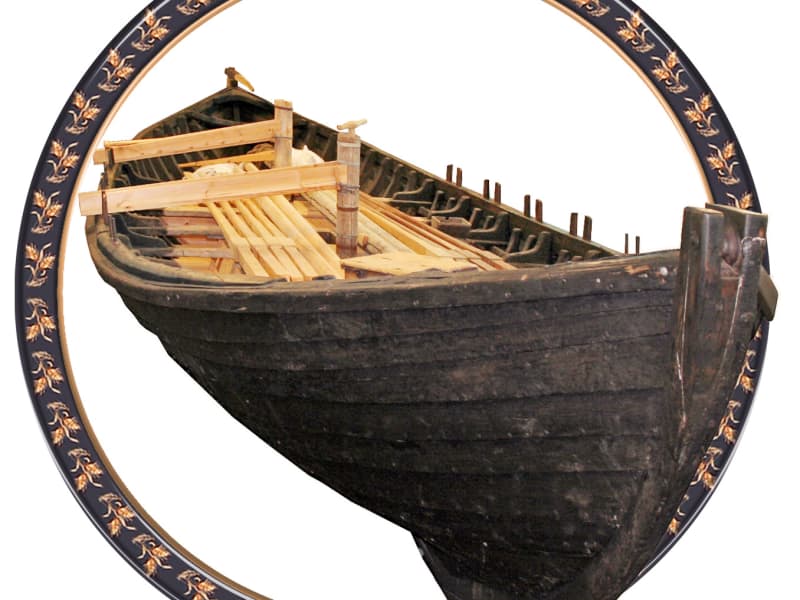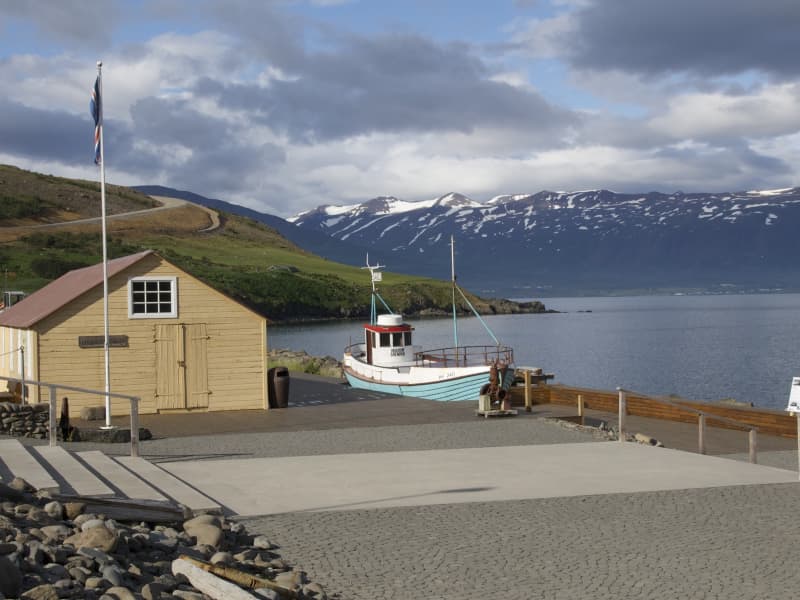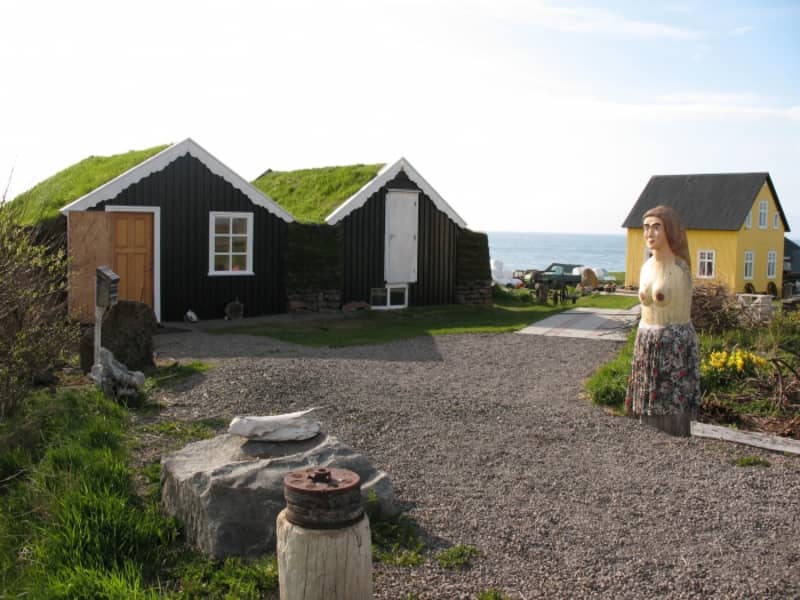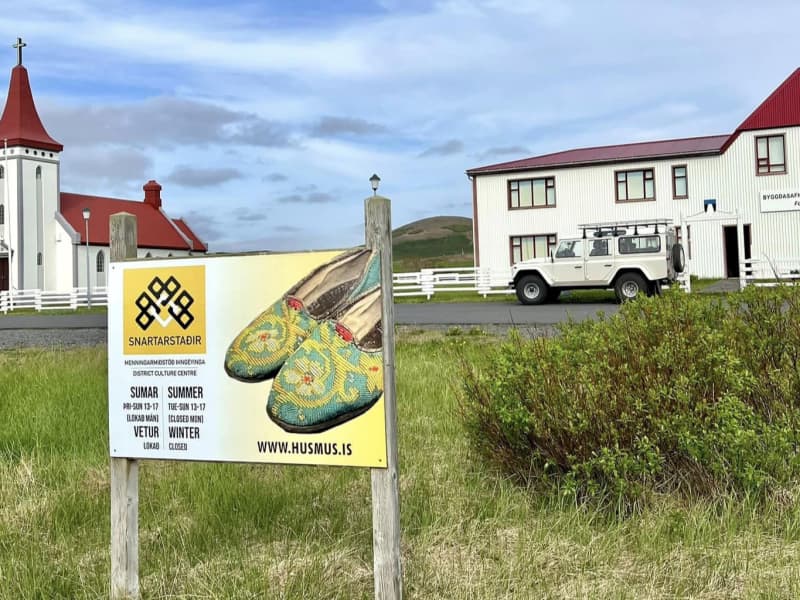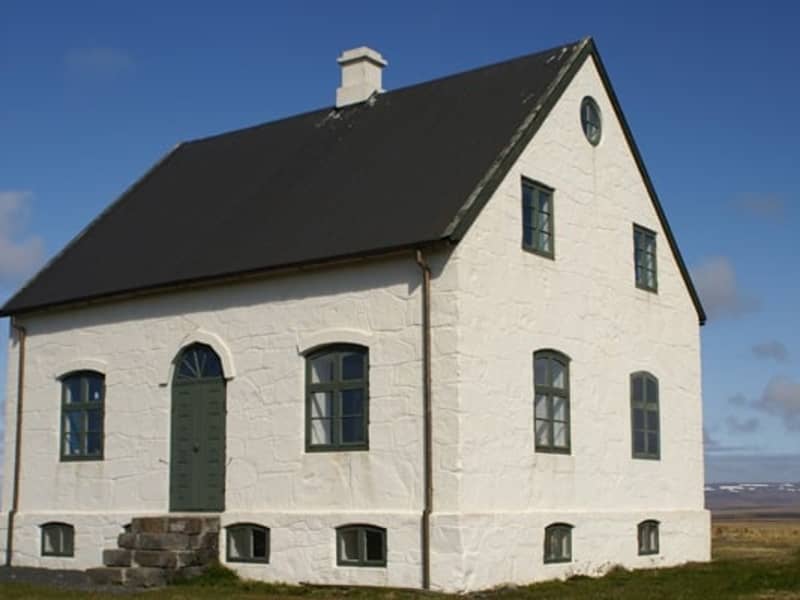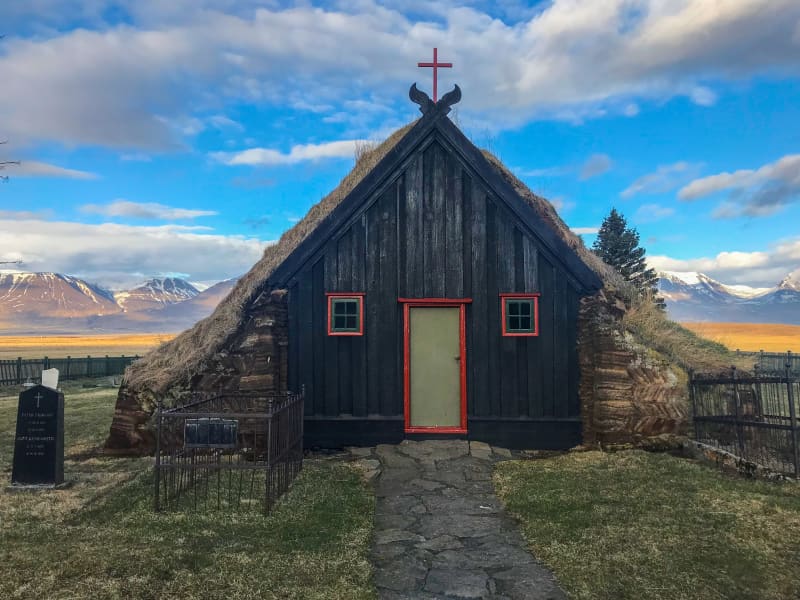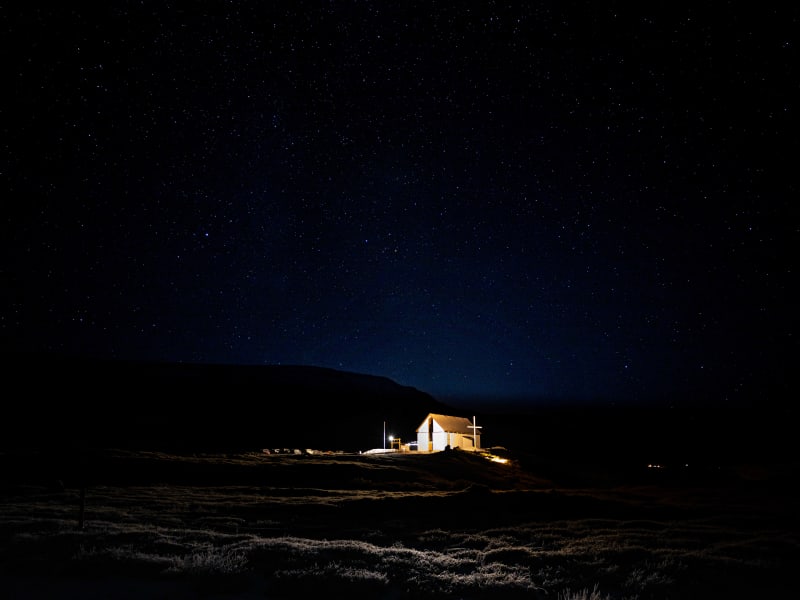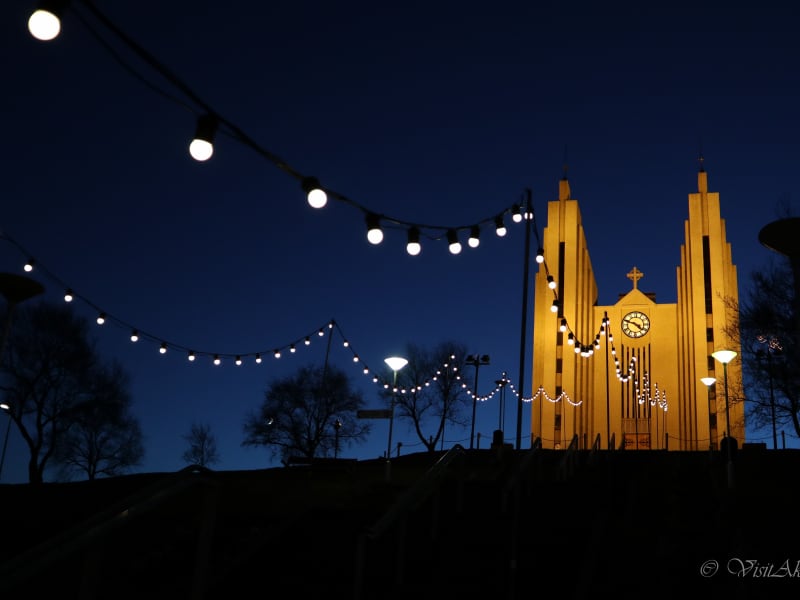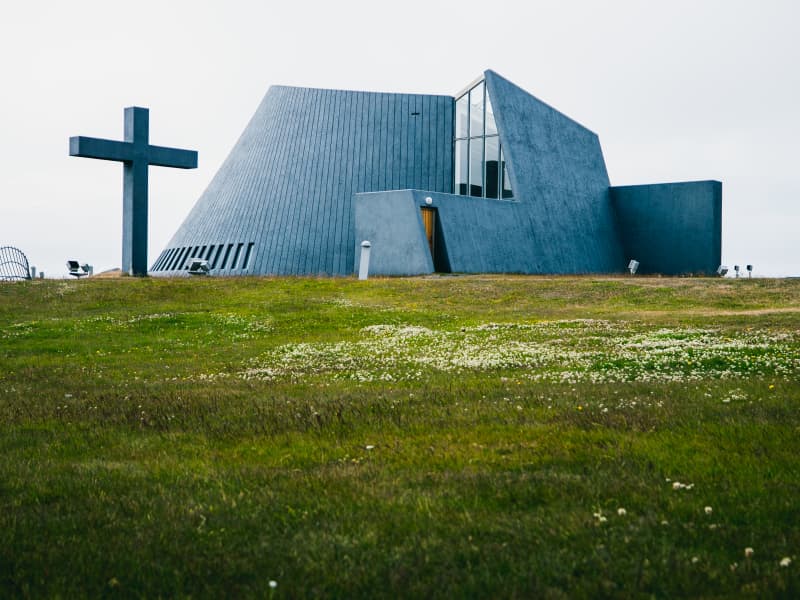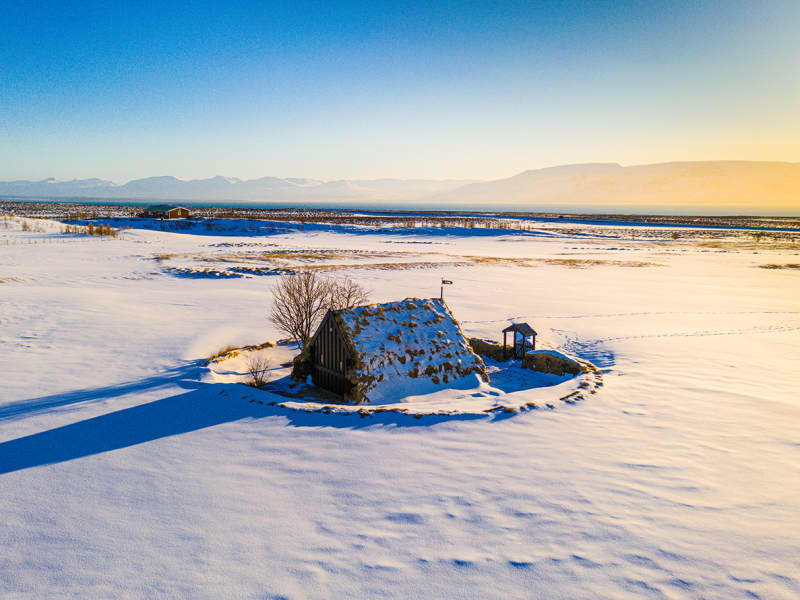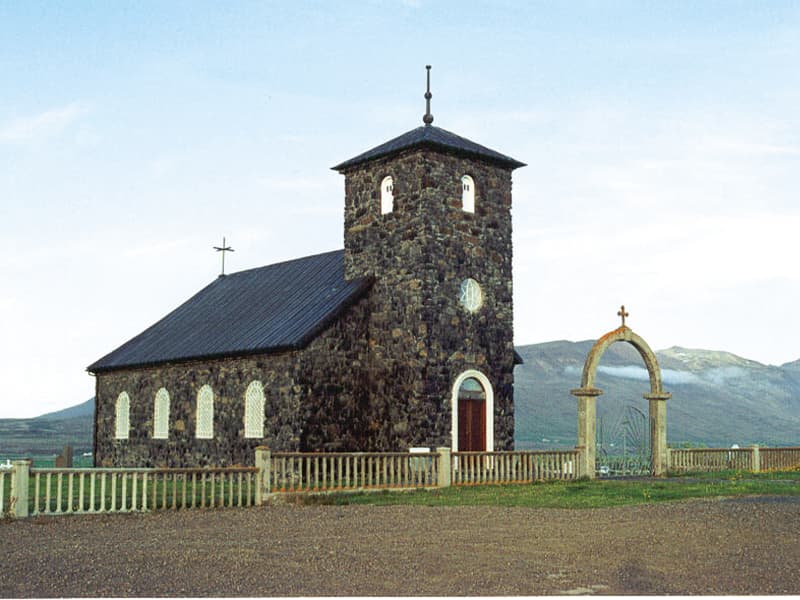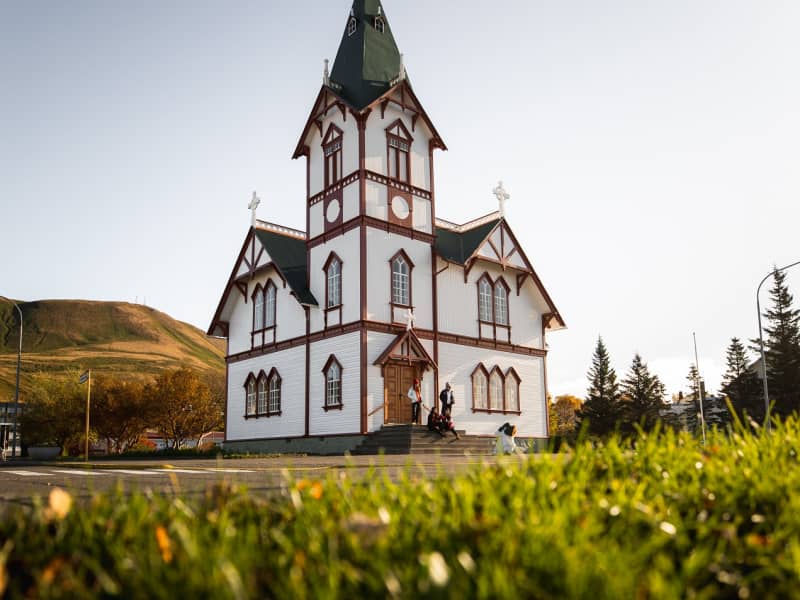North Iceland is known for its rich history and the local tourism is culturally connected. There are several possibilities to see and visit ancient places associated with famous Icelanders and feel their presence in spirit. North Iceland has many museums and information centers, many of which have received well-deserved attention domestically and abroad. Just see for yourself. Come, see, experience, and above all, enjoy all the best that North Iceland has to offer!
Or try searching by Category and/or Location
Experience culture with your family
Children often see things from a different perspective than adults, so visiting a museum will always be a different experience in the company of children. Visitors are encouraged to explore and explain to children what life was like in Iceland in the past, how modes of transport have changed through the years, and show them the diverse types of animals that live along the coasts of North Iceland. Maybe you are familiar with some of the tools and equipment used and have related stories to tell them. Take a stroll through the varied museums of North Iceland and conjure up old, and hopefully, pleasant memories.
Other (1)
| Skagafjörður Transportation Museum | Stóra Gerði | 566 Hofsós | 845-7400 |
Culture and art / Crafts and design
Icelandic crafts have a long history. The Icelandic knitted “lopapeysa” or wool sweater has become world-renowned like many other products made from Icelandic wool. The Icelandic design draws inspiration from our national heritage, and you can find cultural experiences in many places in North Iceland.
Icelanders are particularly known for their literary heritage, language, turf cottages, and traditions. They have a rich cultural heritage of which they are very proud.
Animal life in North Iceland
North Iceland is rich in animal life. Whales, fish, and seals swim in the ocean, birds fly freely and enjoy their lives on islands, cliffs, and lakes. The Icelandic horse can be found on farms, and it is interesting to see how its fur changes when the weather gets colder. And then there is the Icelandic sheep, which has kept the nation alive during trying times in the past. It’s possible to go on tours to experience all these magnificent animals in their natural habitat. There are also plenty of fascinating museums in North Iceland that tell the history of these animals and how they have shaped the Icelandic culture and livelihood through the years.
Heritage museums in North Iceland
Can you imagine growing up without electricity or running water? Iceland was among the poorest nations in the world in the latter half of the 19th century. Agriculture is, understandably, sensitive to changing weather and cold periods or natural disasters that have often resulted in famine. Almost everyone lived on farms in the countryside, making the farm the cornerstone of society.
To walk through a museum that preserves the way in which people lived in the past inspires gratitude for the vast improvements in our ways of life through the decades. Any comparison between how people used to live in Iceland during the settlement and now is difficult but also enlightening and entertaining, something every Icelander and anyone who visits Iceland should undertake to research.
Churches in North Iceland
There are more than 100 churches in North Iceland, each one has its charm and character, and they are all certainly worth a closer look.
Christianity in Iceland can be traced back to the settlement, and Icelanders officially became Christians in the year 1000. An episcopal see was founded at Hólar in Hjaltadalur valley in 1106. The Church of Iceland is the official church of Iceland, and more than 60% of Icelanders are members.
It’s an old custom when people get up in the morning to go outside, turn east and make the cross sign. This custom was called “collecting the day.” Therefore churches have been built facing east since ancient times.

